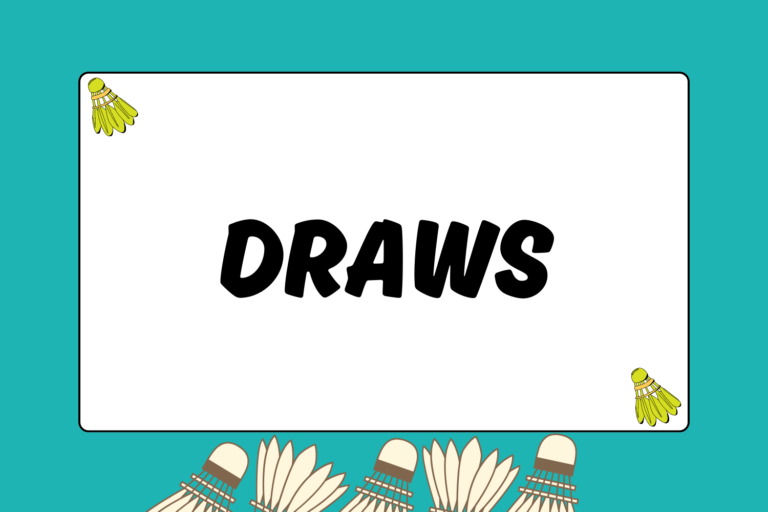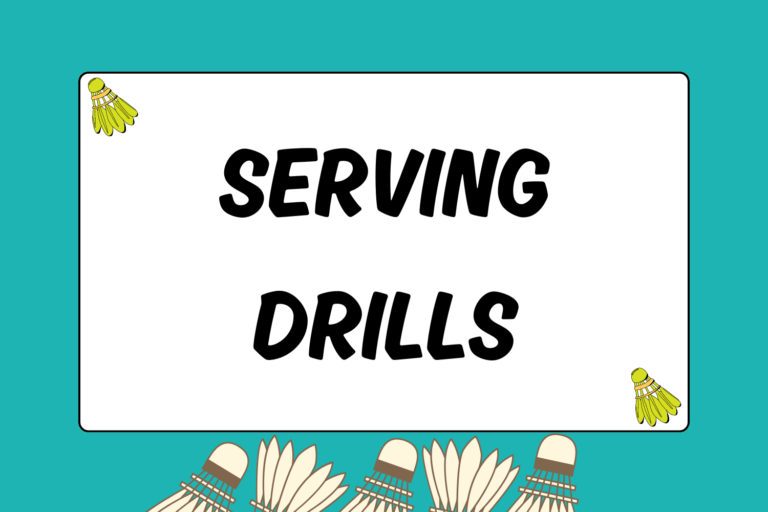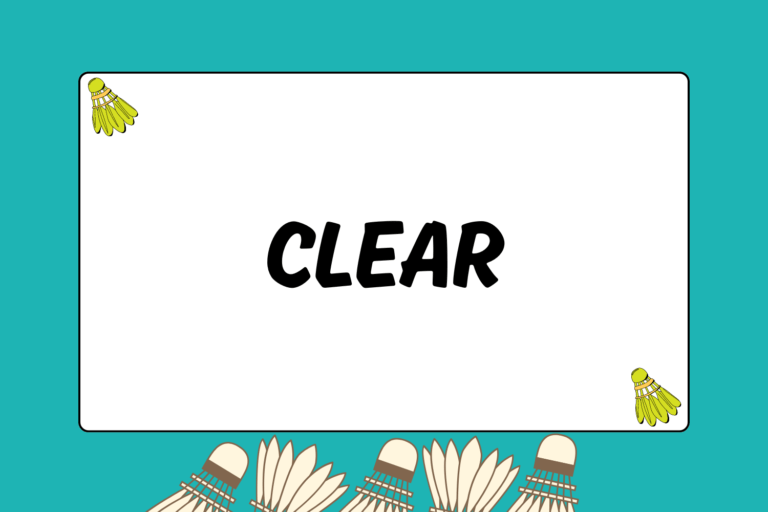As far as recreational play is concerned, the singles game has become a lost art in badminton. Most players don’t want to occupy an entire court to play singles when there are multiple teams waiting to play doubles.
In most gyms, winners stay on the court; and doubles courts will have other doubles players waiting. For that reason, singles players will regularly concede their court.
If you want to play singles, you’ll have to be patient. This guide will not only take you through each aspect of the singles game, but it will also introduce ways to practice the version of the game that’s not always convenient.
Mental Approach Toward Singles
In singles, you are completely and utterly responsible for every rally and every point scored. There is no one else to blame. If you can learn to take responsibility for everything that happens on the court, then you can easily take the first step toward becoming a decent singles player.
In learning how to play good singles badminton, you must know that you can, in a way, actually control your opponent’s actions. Any time you hit a shot, you are forcing your opponent to move to where the shuttlecock is. It’s almost like having a puppet on a string.
For example, if you hit a clear shot, your opponent will move all the way back to hit the shuttlecock. If he doesn’t do that, he’ll lose the point. You can follow this up with a drop to force him to come forward. In this sense, you are battling to take control of a rally and forcing him to make a mistake.
Singles Footwork
The foundation for every badminton player is footwork. You can’t hit a shot if you can’t get to the ball. Many players dread practicing footwork because it’s repetitive and exhausting. Unfortunately, you cannot ignore or compensate for footwork.
Even though the singles court is smaller than the doubles court, you still have a lot of ground to cover! The hard work can begin the minute you accept footwork as a vital part of your game.
The footwork you should use is the shuffling technique that keeps you in proper hitting form while moving around the court. A surefire way to improve your footwork is to take fewer steps. Ideally, you should take one to two steps from your base point to reach all shots.
Hot Tip: Skip-Shuffle
The skip-shuffling technique should help you reach all corners from your base point more quickly than the normal shuffling technique. The only difference between skip-shuffling and normal shuffling is skipping out of your base point instead of simply stepping.
For example, when you skip-shuffle to the back-left corner, you switch your feet while you hop. When you land, your left foot ends up where your right foot would have normally stepped, and your right foot ends up a step past that, saving you valuable time and energy.
Shot Selection
Unlike footwork, shot selection is fluid and highly dependent on the situation. There are, however, a few general tips you can follow to improve your shot selection:
- Exploit the backhand: Finding an opponent’s weakness is crucial to winning. Knowing it beforehand is even better. No matter how amazing a player’s backhand is, it will be weaker than his forehand. So when in doubt, hit to the backhand.
- Move your opponent around: A tired opponent is a weak opponent. Even if your opponent returns the shots and wins the rally, at least you made him work for it. Don’t undervalue a losing rally. It’s not about who wins each point but who wins the match. Always be thinking about the match as a whole.
- Be unpredictable: This is a minor counterpoint to the two tips mentioned above. Although you should utilize those points, you shouldn’t abuse them to the point where your opponent knows what’s coming and can make the proper adjustments. The key is to never let him feel comfortable.
Game-Play Strategies
It’s very easy to lose focus while you’re playing a singles match, as it can sometimes feel like you’re rallying with a partner. Here are some general tips to help keep your mindset on track:
- Take service seriously: Service is the most basic shot in the game, so it can sometimes be overlooked. If you’re in a funk, take the time to refocus on your service and service return. Be sure to keep your serves either high and deep or low and short.
- Manage your energy: In a doubles game, you might be able to rest for a rally or two if your partner does all the work. In singles, you can’t take any breaks. With that in mind, you must be aware of your energy level to prevent it from burning out.
- Take your time: If you find yourself on a losing streak, take longer breaks in between rallies to think things over. Calm down and think clearly about why you’re losing the rallies.
Getting Court Time
The biggest obstacle in singles is simply being able to practice. Not only is it difficult to find court space, but drop-in players generally prefer playing doubles. Here are some tips you can follow to increase your chances of playing a game of singles:
- Arrive early: Getting to the gym during off-peak hours will ensure that you at least have the court space to play.
- Don’t be shy: Don’t be afraid to approach players who are off-court because they probably want to play as badly as you do. In the process, you may find a regular against whom you can play singles.
- Be consistent: If you can help it, try to come to the gym on the same days and times every week. Eventually, other players will recognize you. This will make it easier to get a game of singles.
Keep Your Head Up
Never lose confidence or, even worse, show that you’re losing it. Your singles games will be tough at times, so always remember that you’re in it alone.
Sending body language that says that you’ve given up will only make matters worse. Don’t be afraid to take time to get in the correct frame of mind in between rallies.
Players will sometimes concede too soon and just want to move on to the next game. No game is out of reach, and you’ll only regret giving up after the match ends.





